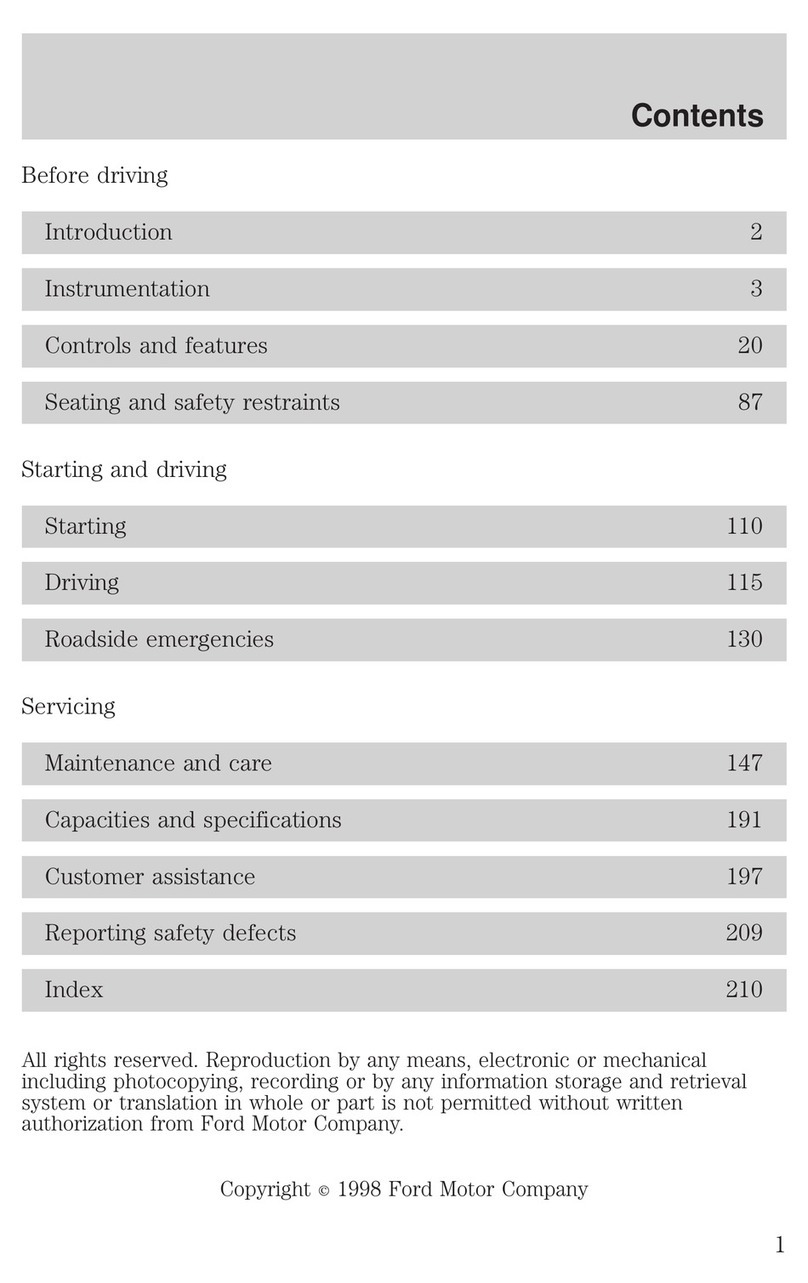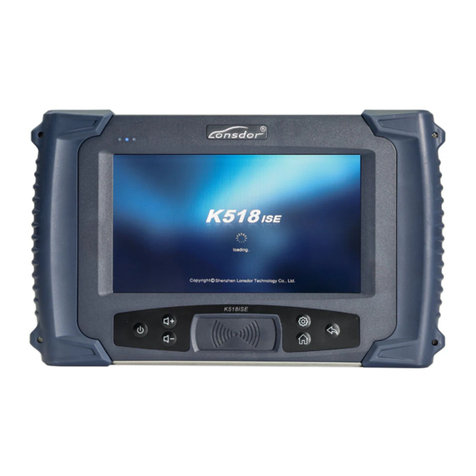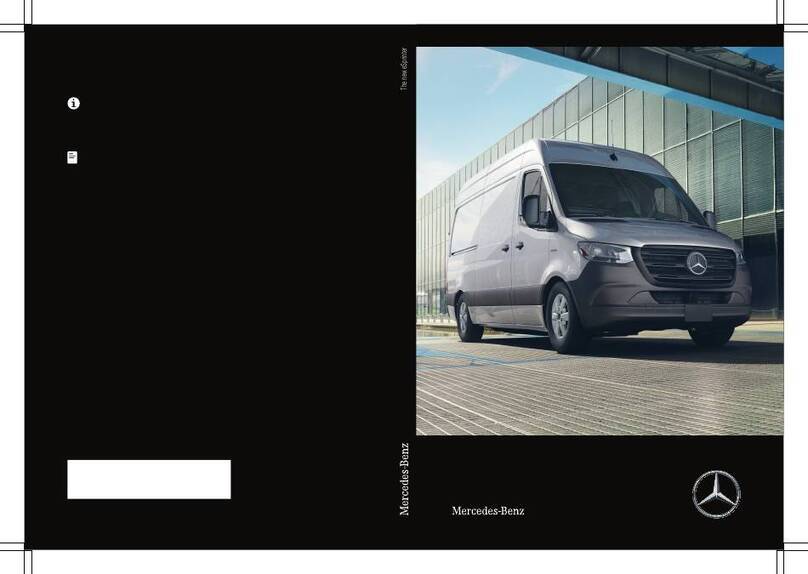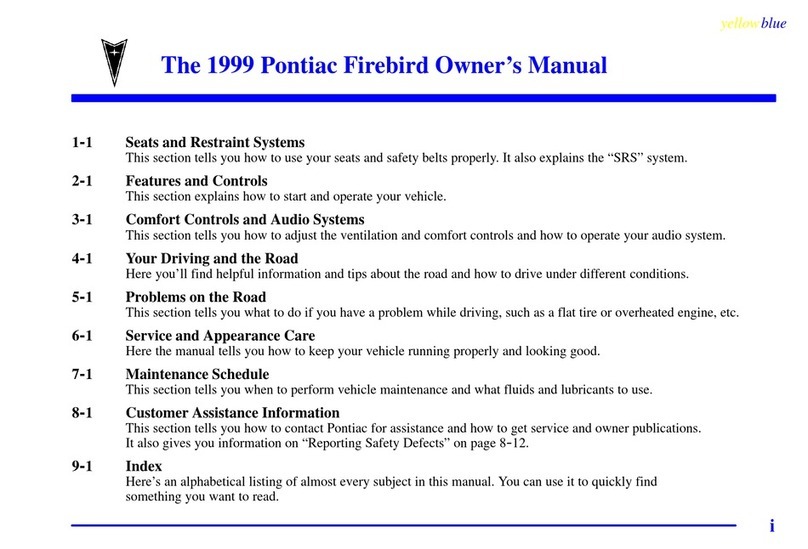Copyright © Mitsubishi Motors Australia Limited
Part number AU900183, October 2010 8
3. Handling the vehicle at the accident site.
The following precautions need to be observed when you handle the vehicle at an accident site.
(1) Required tools and equipment
Items marked ★must be available and used. The other items to be available, if necessary.
1) ★Insulating protection/PPE (minimum 400V voltage resistance or relevant Australian
Standards).
Rubber insulating gloves and rubber sole insulating shoes (as a minimum, pants and jacket also
recommended).
For prevention of electric shock while working from high voltage circuit/s.
2) ★Double-end-wrench (size 10 x 12mm).
To be used to loosen:
1. Remove the 2x12mm nuts fastening the cover to access and unplug the service plug.
2. Disconnect the auxiliary battery negative terminal (10mm).
3) Solvent resistance gloves (or heavy-duty rubber gloves) and eye protection.
For use when the electrolyte is leaking from the main battery.
4) Absorption mat, sand.
For absorbing any electrolyte leakage.
An absorption mat (that is effective to absorb fuel and/or oil) and/or sand need to be available.
5) Fire extinguisher.
Fire extinguisher that is suitable for flammable liquid and/or electrical equipment fires is required.
6) Circuit tester.
For voltage measurement in case the electric circuit is damaged.
7) Insulating plastic tape.
For insulating the electric circuit and tools if these are damaged.
(2) Precautions at the accident site
WARNING;
Use insulated Personal Protective Equipment (PPE) (Rubber insulating gloves and
rubber sole insulating shoes as a minimum: rated to a minimum of 400V voltage
resistance or meeting relevant Australian Standards), in case contact with the vehicle
body is possible.
1) Always wear insulated Personal Protective Equipment (PPE) while working.
2) Do not directly touch any exposed high voltage wiring cables, any disconnected or protective
covers or high voltage components that might be damaged.
3) If you find fluid leaking from under the main battery, it could possibly be the flammable electrolyte
from the main battery assembly. Wear solvent resistance gloves (or heavy-duty rubber gloves)
and eye protection (in addition to the insulated PPE requirements described above), then absorb
the liquid with an absorption mat or sand. The electrolyte is clear & colourless with a slightly
sweet odour. It has similar viscosity to water.
WARNING;
If the electrolyte comes in contact with your skin, flush with water immediately.
If the electrolyte gets into your eyes, don’t rub your eyes and flush with a large quantity of
water immediately.
4) If there is a possibility that high voltage components and wiring are damaged, cut off the high
voltage circuit according to the instructions in Case 2 (page 10). For the location of high voltage
components and wiring cables refer to Case 3 sections ①and ②(pages 11 & 12).
WARNING;
Do not leave the vehicle unattended if the accident scene or vehicle is not safe for
bystanders. When emergency work has been completed and attendants will be leaving
the damaged vehicle at the accident scene, please advise any bystanders of the danger
by installing a warning sign explaining “HIGH VOLTAGE” condition exists.
(Please refer the example on page 19).





























































